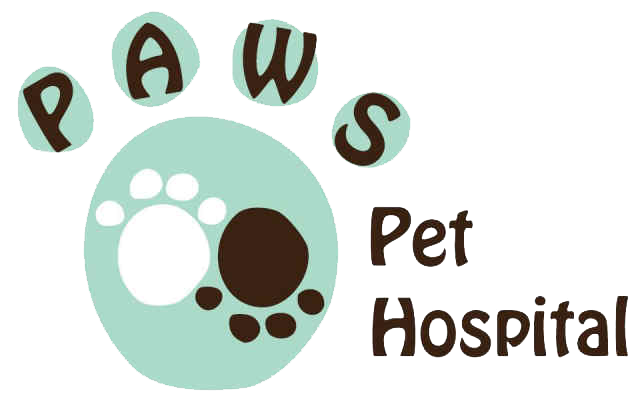Recognizing the Signs of Illness in Pet Birds
How can I tell if my bird is sick?
A bird's natural instinct is to not show any sign of weakness or it risks being targeted by predators. By the time a pet bird begins to display symptoms of illness, it has likely been sick for several days to weeks. Therefore, bird owners must learn to recognize the subtle signs of illness in pet birds before it is too late and seek veterinary care promptly.
What can make my pet bird ill?
Many things contribute to ill health in birds. Improper diets are one of the most common causes of sickness in pet birds. Trauma, toxicities, poor upkeep, inferior hygiene, stress, bacterial and viral infections, and genetic abnormalities may lead to ill health as well. Just because the bird's outward appearance is normal does not mean the bird is healthy. Any deviation from normal should be taken as a sign of ill health and you should contact your veterinarian immediately. The following lists provide general symptoms of a sick bird:
General
 poor physical appearance (feathers look ruffled or unkempt)
poor physical appearance (feathers look ruffled or unkempt)- changes in vocalization
- fluffed feathers (looks fatter)
- not eating, changes in eating habits, or reduced appetite
- changes in amount of drinking
- weakness
- drooping wings
- distended abdomen
- listlessness, inactivity, depression
- reluctance to move
- sleeping more
- trauma or bleeding
- dramatic changes in weight (increased or decreased)
Behavior
- any change in regular attitude, behavior, or personality
- unusually tame behavior
- irritability, agitation, biting
Eyes
 closed eye
closed eye- ocular discharge
- redness of the eye or eyelids
- cloudy eyes
- bulging eye (exophthalmos)
- swelling in or around the eyes
Respiratory
- labored breathing or open-mouth breathing
- moving the tail up and down with each breath (tail bobbing)
- nasal discharge
- blocked nostrils
- increased or decreased nostril size
- sneezing (excessive)
- wheezing or wet breathing
- coughing
- irregularity of the cere (the skin around the nostrils)
- staining of the feathers around or above the nostrils
Skin and Feathers
- abnormal feathers (dull color, texture, shape, structure, growth)
- bleeding from blood feathers or pin feathers (new feathers)
- prolonged molt
- feather changes (abnormal color, chewed, plucked, damaged, baldness or feather loss)
- skin (flaky, crusty, or sores)
- excessive scratching
- abnormal beak (color, growth, overgrown, texture)
- abnormal nails (color, growth, overgrown, texture)
- trauma, cuts, bruises
- lumps, bumps, swellings, or bulges on the body
Musculoskeletal
- sore feet
- sore wing
- lameness or shifting of body weight
- swollen joints
- paralysis
- generalized weakness
- one or both wings drooped
- not perching, sitting on bottom of cage for an extended period
Digestive and Urinary
- polyuria (excess water passed with each dropping)
- diarrhea (mushy or unformed feces)
- change in the color of the droppings (red, yellow, tarry black, pale)
- staining of the feathers around the vent (anus)
- decreased number of droppings (normal is 1 dropping every 20-30 minutes)
- straining to defecate
- wet feathers around face and head (see vomiting)
- vomiting (mucus stuck to feathers on the head) or excessive regurgitation
- protrusions from the vent (prolapse)
Neurological
 balance problems
balance problems- head tilt
- falling
- constant muscle twitching
- seizures
- unconsciousness
- paralysis
- generalized weakness
If you are concerned about anything, consult your veterinarian immediately. Do not delay as serious illness can develop quickly.
All photos courtesy of Gregory Rich, DVM.
© Copyright 2025 LifeLearn Inc. Used and/or modified with permission under license. This content written by LifeLearn Animal Health (LifeLearn Inc.) is licensed to this practice for the personal use of our clients. Any copying, printing or further distribution is prohibited without the express written consent of LifeLearn. This content does not contain all available information for any referenced medications and has not been reviewed by the FDA Center for Veterinary Medicine, or Health Canada Veterinary Drugs Directorate. This content may help answer commonly asked questions, but is not a substitute for medical advice, or a proper consultation and/or clinical examination of your pet by a veterinarian. Please contact your veterinarian if you have any questions or concerns about your pet’s health. Last updated on Jan 1, 2023.

